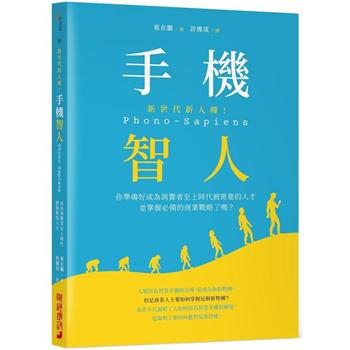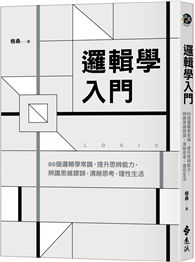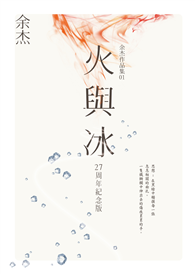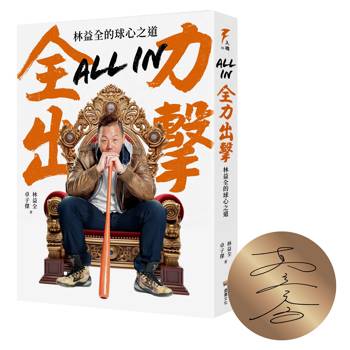With most of us now living in cities, the importance of visual sustainability in urban design strategy shouldn’t be underestimated. This research addresses interactions in urban environments-when defined as interaction types and used as a metric-because they provide an effective strategy for understanding the relationship between urban heterogeneity and how we’re visually sustained as we engage with our surroundings. Interaction type analysis is key to bridging the gap in knowledge. It lies at the heart of the challenges posed by levels of subjectivity in how we see, what we see, and the difficulty in measuring visual sustainability. The main finding of this study is the suggestion that visual interaction types are the building blocks of visual sustainability when considered in the context of urban design strategy. What difference this makes depends on the level of analysis-whether student or practitioner, commercially oriented, in terms of spatial health and well-being, or at a more abstract level, in personal development and growth. But the overarching consideration is that interaction types are able to reveal where the real city lies-and by real city is meant the city we pay attention to.
| FindBook |
有 1 項符合
The Importance of Visual Sustainability in Urban Design Strategy的圖書 |
 |
The Importance of Visual Sustainability in Urban Design Strategy 作者:de Kock 出版社:Tiekie Press 出版日期:2024-12-16 語言:英文 規格:平裝 / 236頁 / 29.69 x 21.01 x 1.63 cm / 普通級/ 初版 |
| 圖書館借閱 |
| 國家圖書館 | 全國圖書書目資訊網 | 國立公共資訊圖書館 | 電子書服務平台 | MetaCat 跨館整合查詢 |
| 臺北市立圖書館 | 新北市立圖書館 | 基隆市公共圖書館 | 桃園市立圖書館 | 新竹縣公共圖書館 |
| 苗栗縣立圖書館 | 臺中市立圖書館 | 彰化縣公共圖書館 | 南投縣文化局 | 雲林縣公共圖書館 |
| 嘉義縣圖書館 | 臺南市立圖書館 | 高雄市立圖書館 | 屏東縣公共圖書館 | 宜蘭縣公共圖書館 |
| 花蓮縣文化局 | 臺東縣文化處 |
|
|
圖書介紹 - 資料來源:博客來 評分:
圖書名稱:The Importance of Visual Sustainability in Urban Design Strategy
The Parent’s Guide to College for Students with Autism
Education, Immigration and Migration: Revisiting and Re-Imagining Policy, Leadership and PRAXIS for a Changing World
Sports Legends of Cleveland: The Story of the Greatest Athletes and Teams of Cleveland’s Senate Athletic League
Sports Legends of Cleveland: The Story of the Greatest Athletes and Teams of Cleveland’s Senate Athletic League
Weaving a Web of Belonging: Developing a Trauma-Informed Culture for All Children
Principles of Dynamic Pedagogy: An Integrative Model of Curriculum, Instruction, and Assessment for Prospective and In-Service Teachers
Principles of Dynamic Pedagogy: An Integrative Model of Curriculum, Instruction, and Assessment for Prospective and In-Service Teachers
Educating for Care and Virtue Development in Young Children: Research Approaches in Ethics Education from the Melarete Project
Decolonizing Digital Learning: Equity Through Intentional Course Design
Weaving a Web of Belonging: Developing a Trauma-Informed Culture for All Children
Education, Immigration and Migration: Revisiting and Re-Imagining Policy, Leadership and PRAXIS for a Changing World
Sports Legends of Cleveland: The Story of the Greatest Athletes and Teams of Cleveland’s Senate Athletic League
Sports Legends of Cleveland: The Story of the Greatest Athletes and Teams of Cleveland’s Senate Athletic League
Weaving a Web of Belonging: Developing a Trauma-Informed Culture for All Children
Principles of Dynamic Pedagogy: An Integrative Model of Curriculum, Instruction, and Assessment for Prospective and In-Service Teachers
Principles of Dynamic Pedagogy: An Integrative Model of Curriculum, Instruction, and Assessment for Prospective and In-Service Teachers
Educating for Care and Virtue Development in Young Children: Research Approaches in Ethics Education from the Melarete Project
Decolonizing Digital Learning: Equity Through Intentional Course Design
Weaving a Web of Belonging: Developing a Trauma-Informed Culture for All Children
|











